As we approach World Autism Awareness Day on April 2, 2025, communities worldwide are preparing innovative ways to support, celebrate, and raise awareness about autism spectrum disorder (ASD). This year's theme emphasizes inclusive recreational activities, with trampolining emerging as a particularly beneficial therapy option for individuals with autism. The intersection of physical activity and sensory integration has shown remarkable promise, offering a unique lens through which we can better understand and support the autism community.
Understanding Autism in 2025
Autism spectrum disorder affects approximately 1 in 36 children globally, according to the latest statistics. The condition manifests differently in each individual, with varying challenges in social interaction, communication, sensory processing, and behavioral patterns. As our understanding evolves, so too do our approaches to support and therapy.
The United Nations' 2025 observance brings together global experts, policymakers, and autistic voices to highlight the importance of accessible recreational activities that support neurological development while providing enjoyment and social opportunities.
Trampoline Therapy: A Bouncing Revolution in Autism Support
The therapeutic use of trampolines for individuals with autism has gained significant traction in recent years. But why exactly are these bouncy platforms so beneficial?
Sensory Integration Benefits
For many individuals with autism, the world can be overwhelming or underwhelming from a sensory perspective. Trampoline activities offer a unique solution:
- Vestibular and proprioceptive input: The bouncing motion provides crucial input about balance and body position, helping regulate sensory sensitivity issues.
- Rhythmic movement: The predictable, repetitive nature of jumping can have a calming effect, potentially reducing anxiety and stereotypical behaviors.
- Deep pressure sensation: The trampoline surface provides resistance that creates beneficial deep pressure input throughout the body.
I've observed firsthand how children who struggle with sensory overload often find a sense of peace and focus after a structured trampoline session. It's as if the organized sensory input helps their nervous system reset.
Physical challenges often accompany autism, but trampolining addresses several key areas:
- Balance and coordination improvement: Regular jumping helps develop these fundamental skills, which is particularly beneficial for children with low muscle tone.
- Bilateral coordination: Trampoline activities encourage both sides of the body to work together, strengthening neural connections between brain hemispheres.
- Core strength development: The constant adjustment required to maintain balance engages core muscles in a natural, engaging way.
Emotional and Behavioral Regulation
Perhaps one of the most striking benefits I've witnessed is how trampoline therapy affects mood and behavior.
The rhythmic bouncing provides an outlet for excess energy, often reducing emotional outbursts or hyperactivity. There's something about the combination of physical exertion and sensory input that seems to help regulate emotional states. For many children with autism, a 15-minute trampoline session before challenging activities can significantly improve focus and compliance.
Additionally, the concrete nature of trampoline activities—with clear beginnings, middles, and ends—provides a structured experience that many individuals with autism find comforting. Mastering new skills on the trampoline also builds confidence that can transfer to other areas of life.
Social Interaction Opportunities
While social challenges are common in autism, trampoline activities create natural opportunities for interaction:
- Taking turns and waiting (crucial social skills) become part of the activity structure
- Partner bouncing activities encourage awareness of others
- Group games with simple rules provide safe social practice
- Shared enjoyment creates natural bonding opportunities

Implementing Trampoline Activities for World Autism Awareness Day 2025
Communities planning events for World Autism Awareness Day might consider the following:
1. Organizing inclusive trampoline park events with sensory-friendly hours
2. Hosting educational workshops about the benefits of rebounding therapy
3. Creating fundraisers at trampoline facilities to support autism research
4. Developing school programs that incorporate trampoline activities
5. Training physical education teachers about autism-specific trampoline protocols
Safety Considerations
While trampolines offer tremendous benefits, safety must remain paramount. Always ensure:
- Proper supervision by trained individuals
- Appropriate safety equipment including padded frames and safety nets
- Individual assessment of each person's needs and abilities
- Gradual introduction to new skills
- Sensory accommodations (like reduced noise or lighting if needed)
Looking Ahead
The White House's declaration of "unending support and wholehearted respect for Americans living with autism" reflects a growing global recognition of the importance of neurodiversity in our communities. By embracing activities like trampolining that meet individuals with autism where they are—while helping them develop new skills—we move closer to a truly inclusive society.
Wouldn't it be wonderful if every community had accessible trampoline programs specifically designed for individuals with autism? That's a future worth bouncing toward.


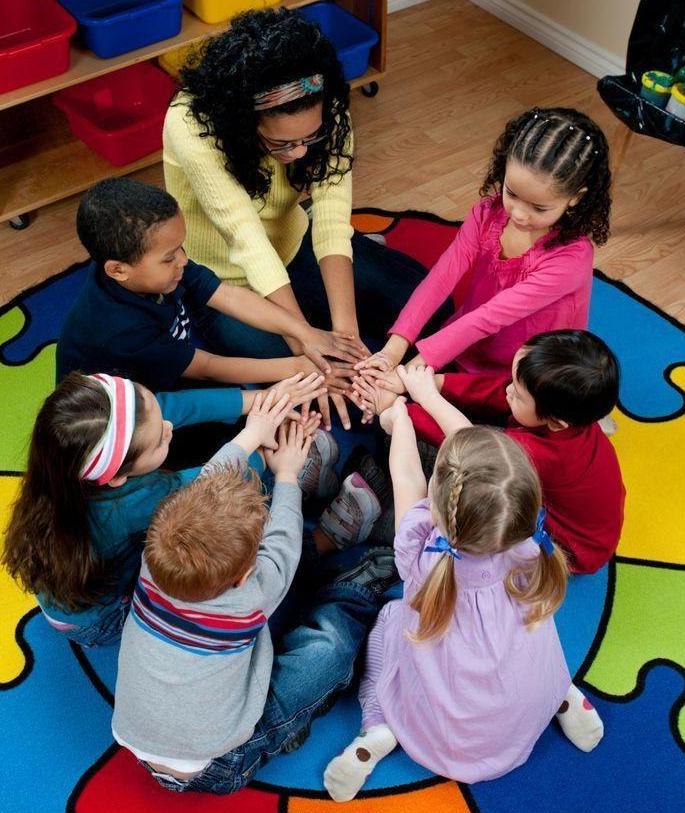


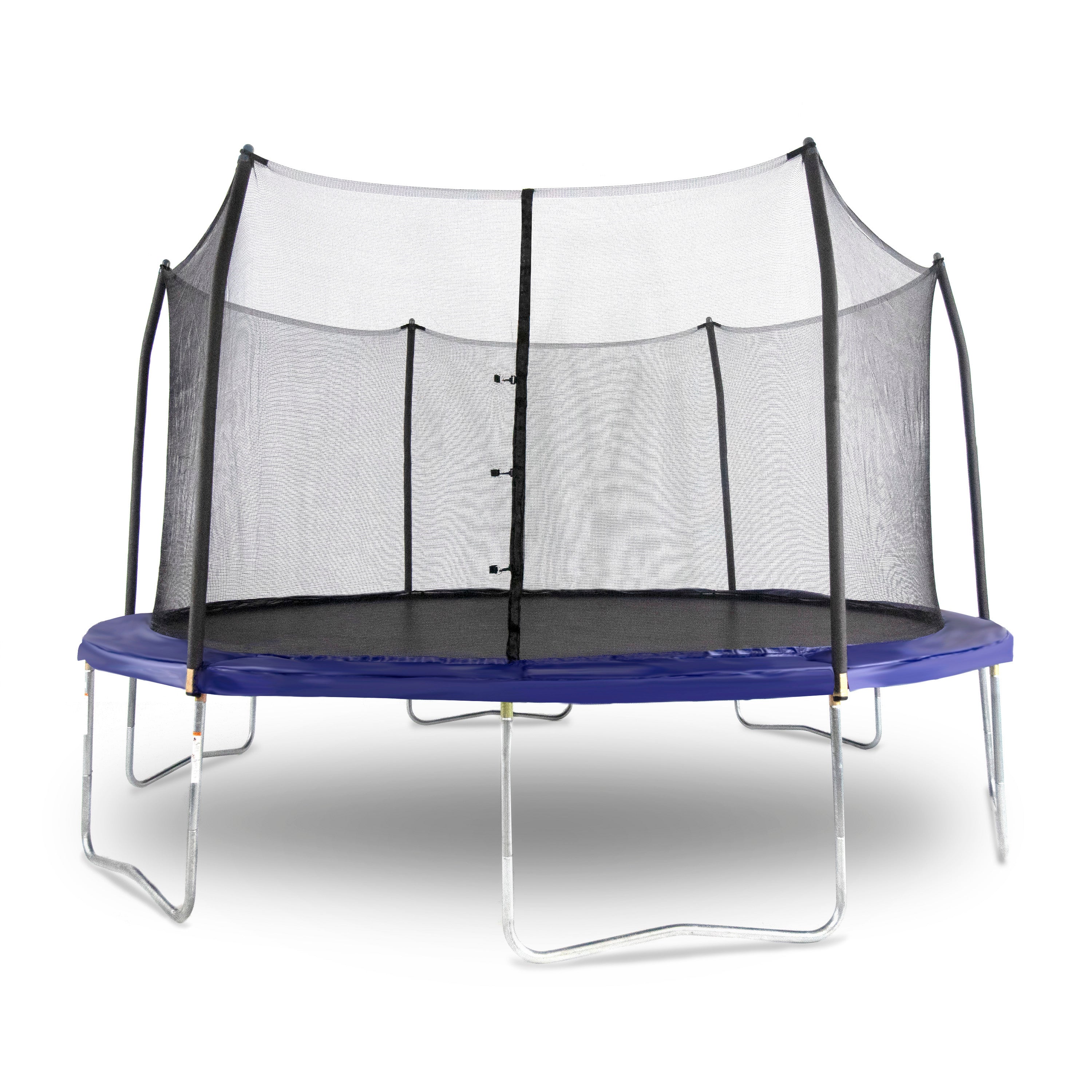
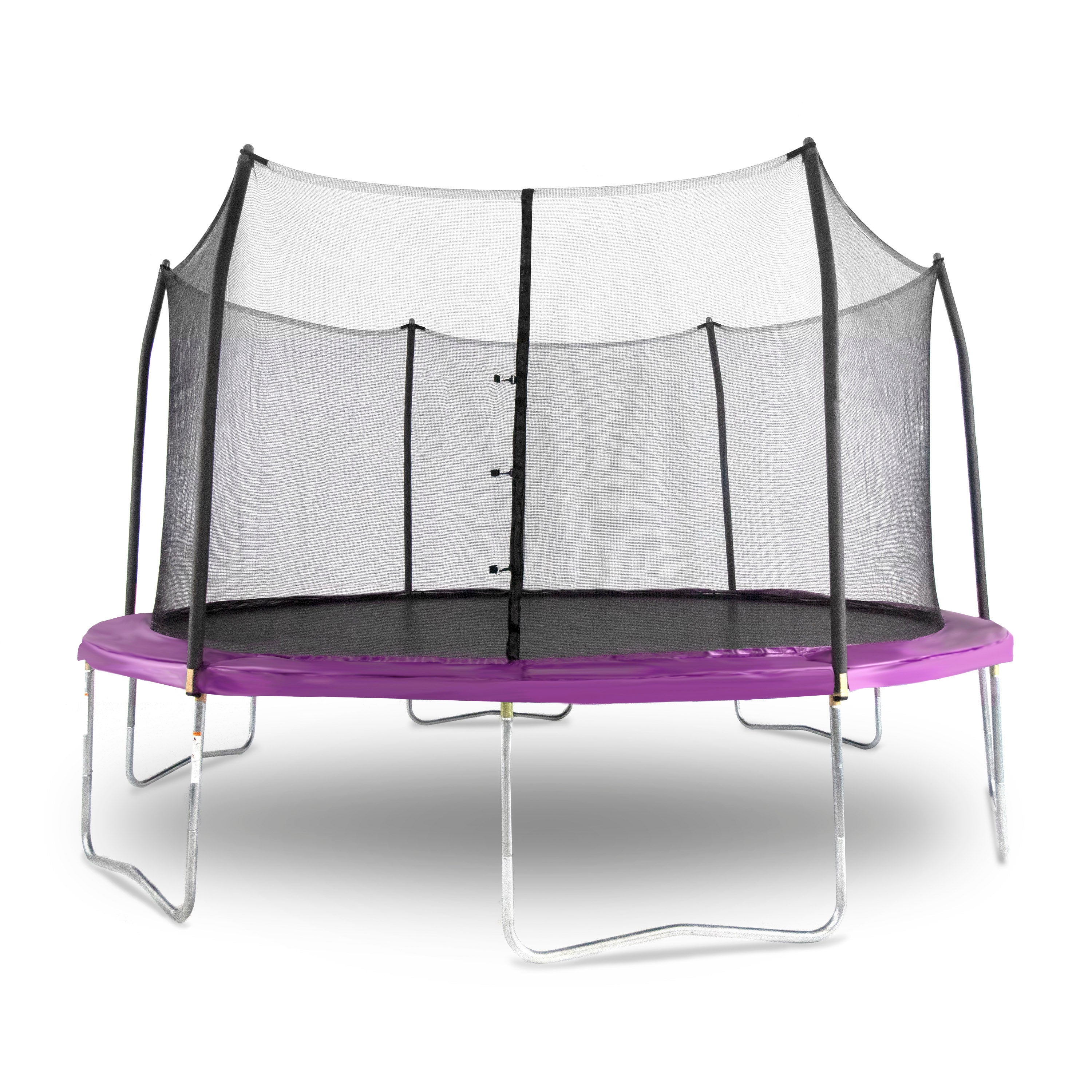
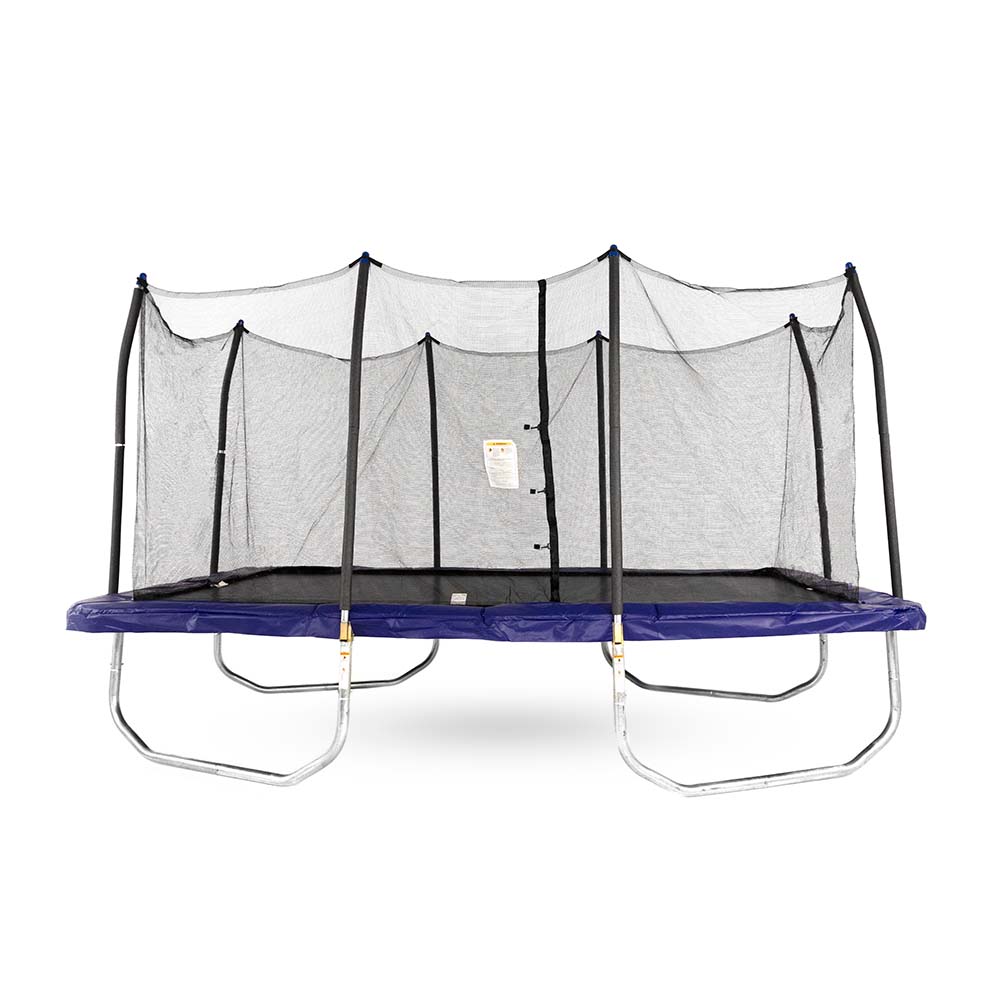

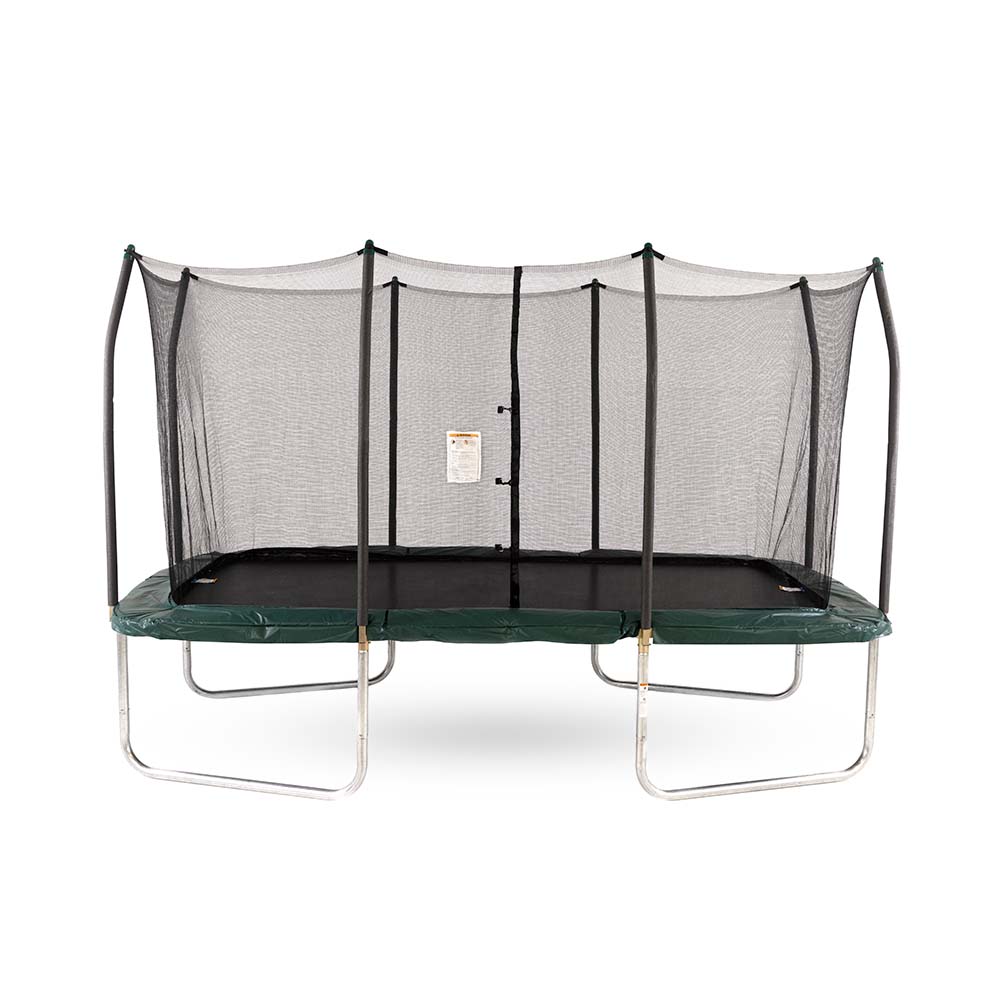

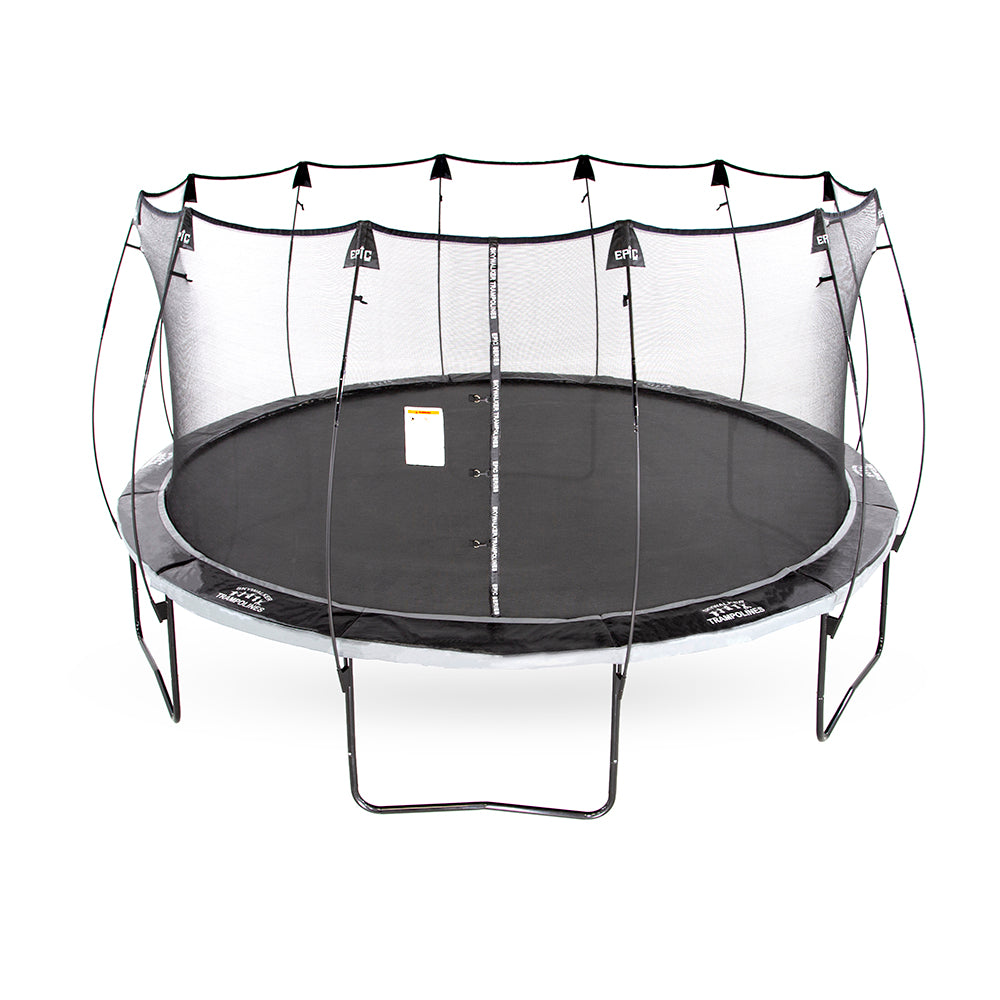
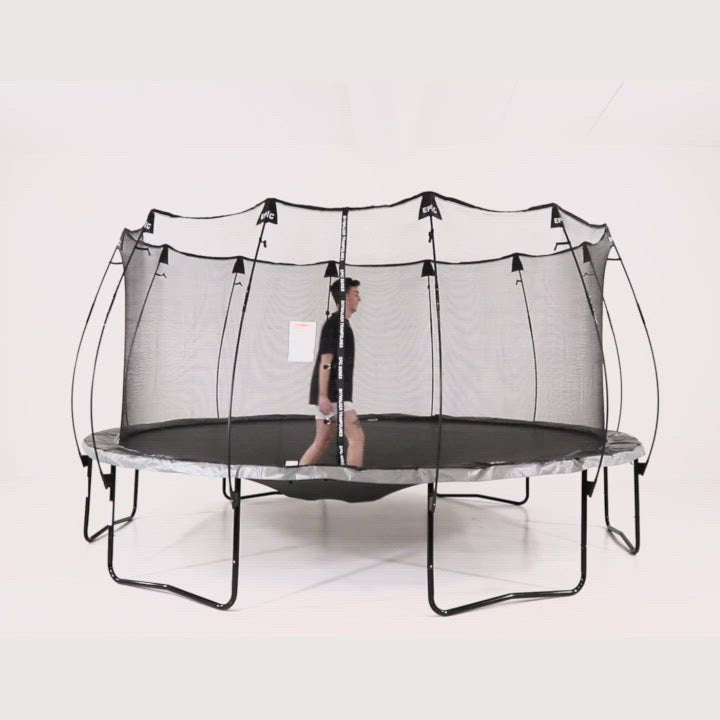
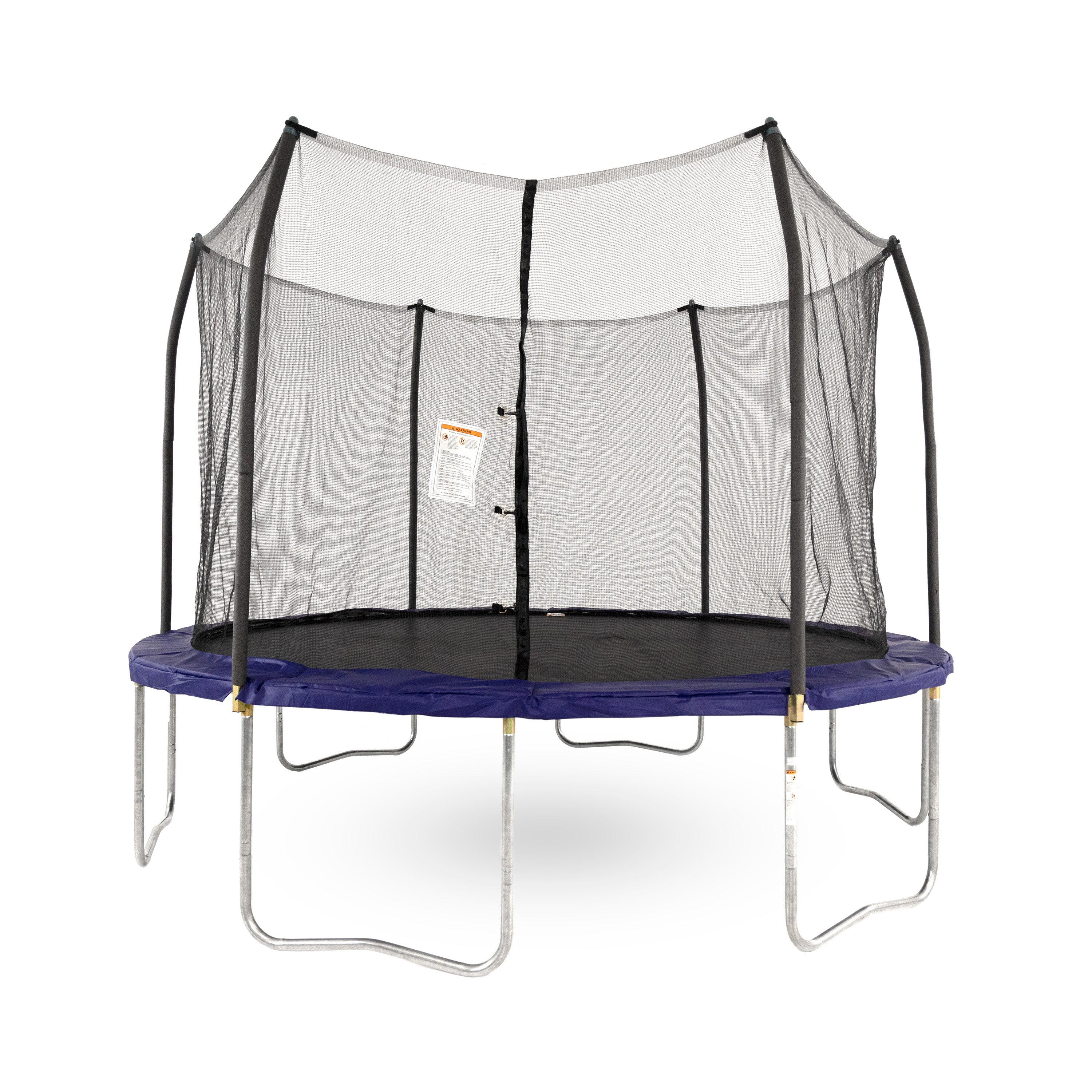
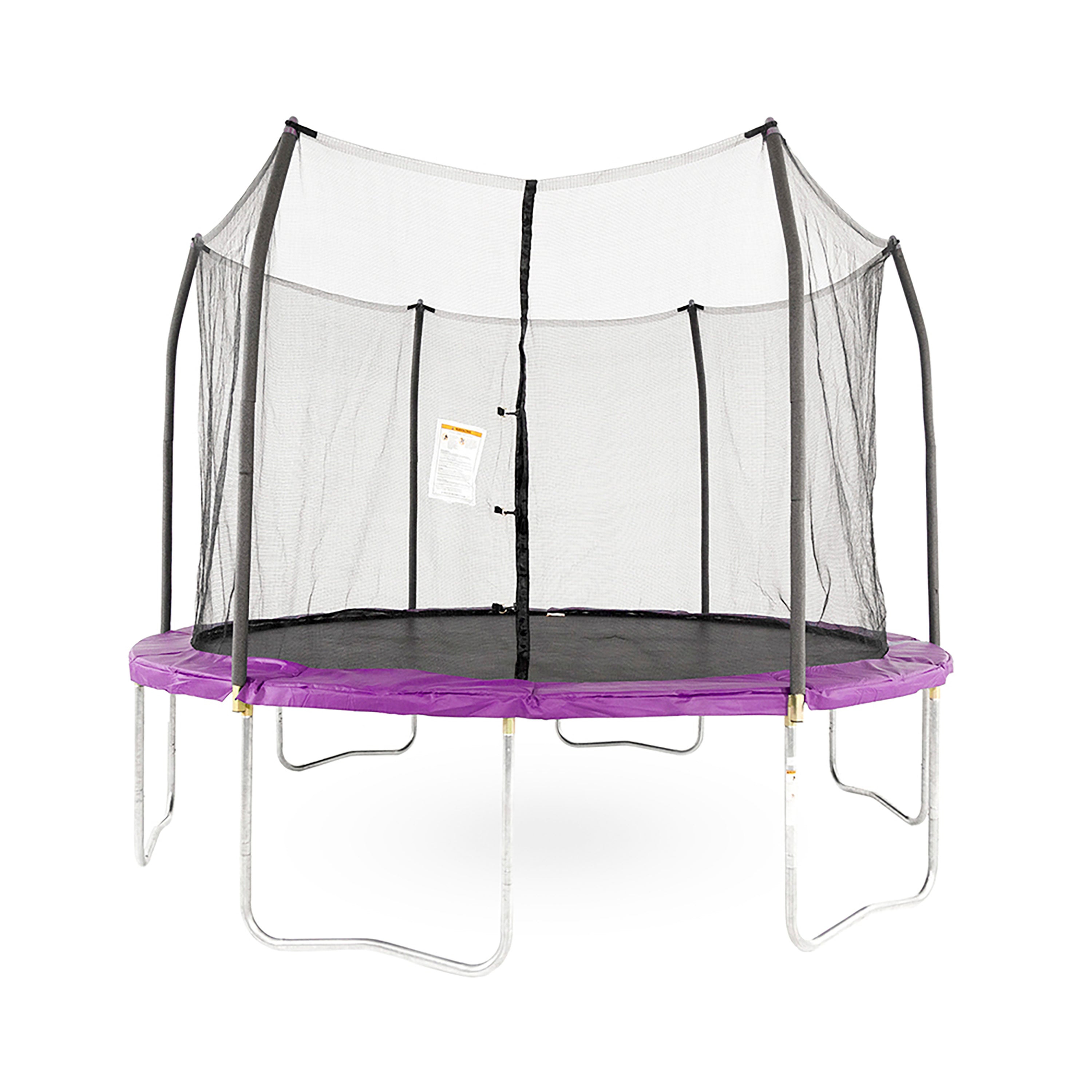
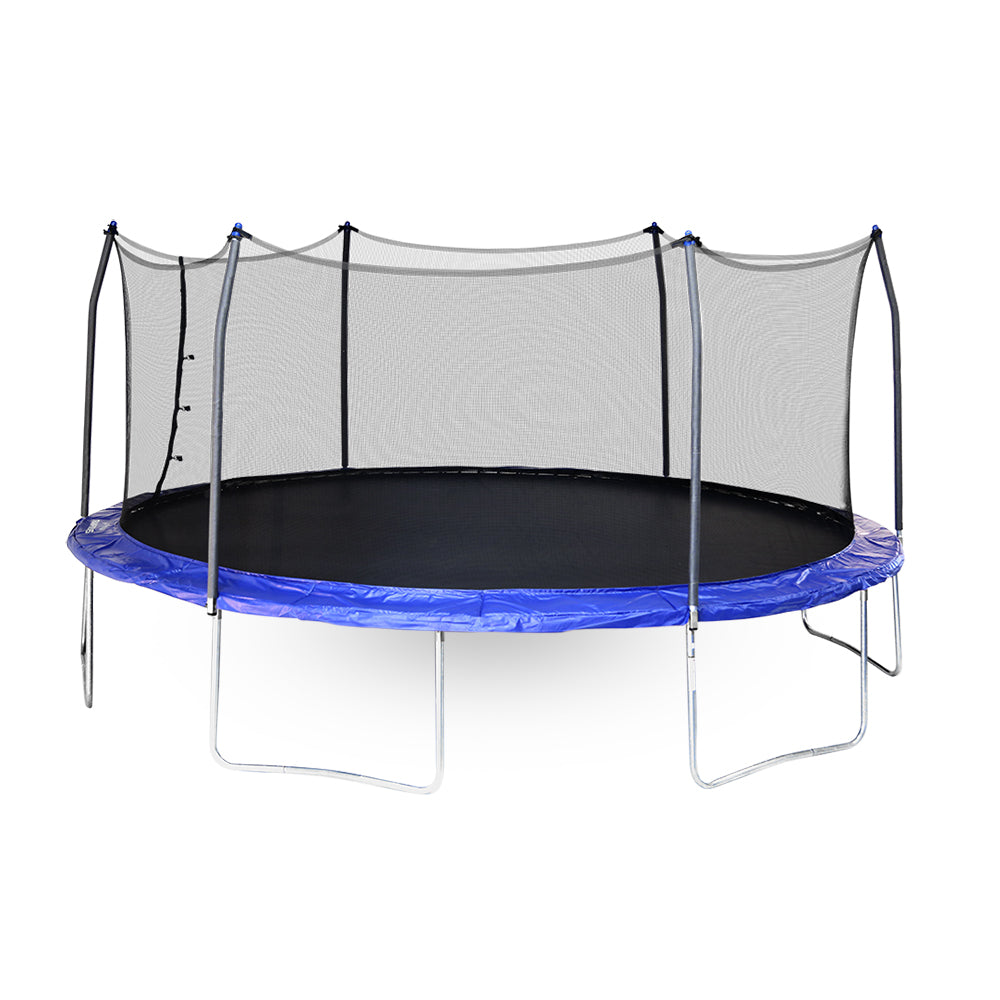
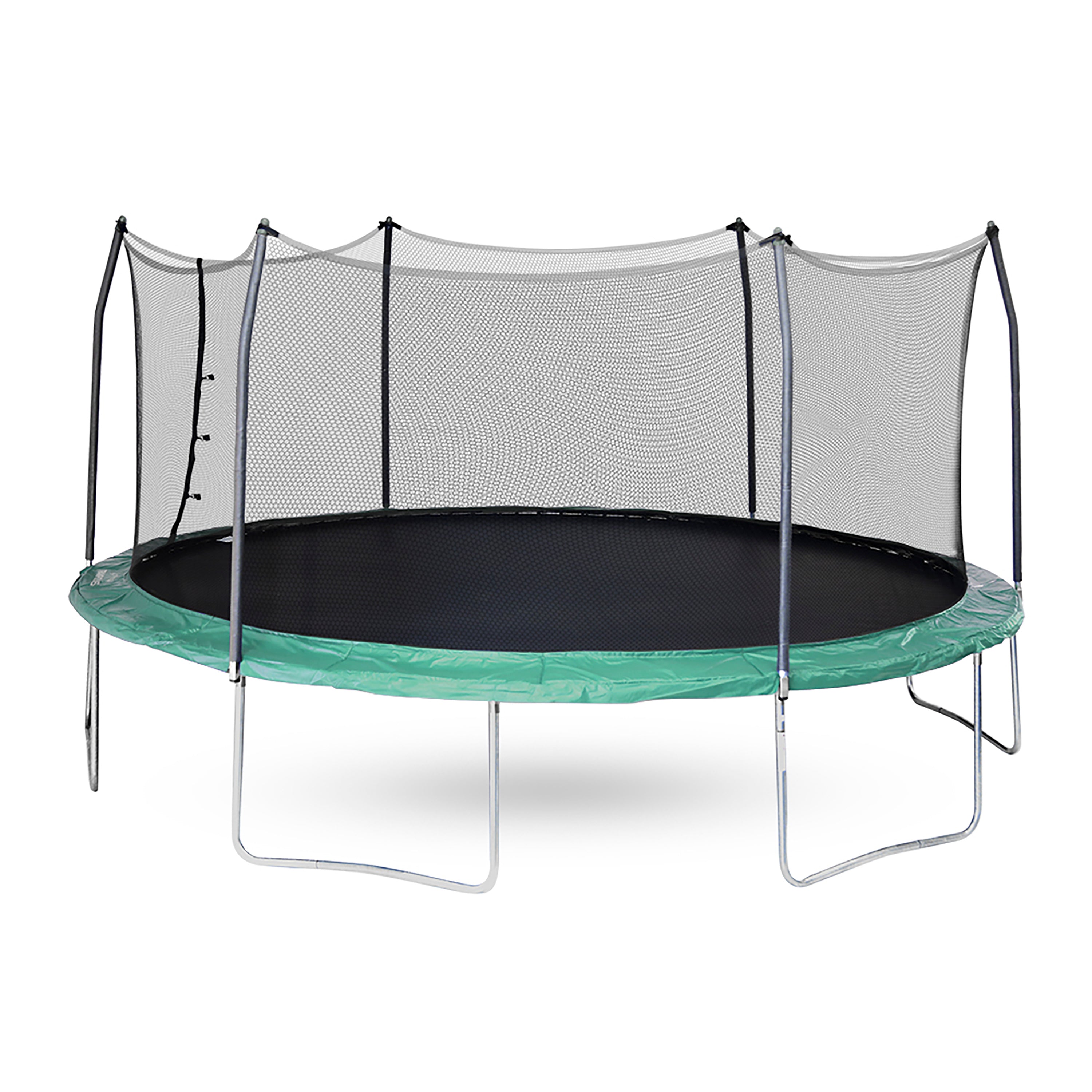
Leave a comment
All comments are moderated before being published.
This site is protected by hCaptcha and the hCaptcha Privacy Policy and Terms of Service apply.